

Hola querido hiver.
La visita al Castillo de Peñíscola se complementa con un recorrido por lo que se denomina Parque de Artillería y varias fortificaciones. Se trata de un intrincado laberinto de rampas y túneles con zonas ajardinadas entre ellos y que bordea el castillo en su parte inferior y más rocosa hasta unirse con el mar Mediterráneo.

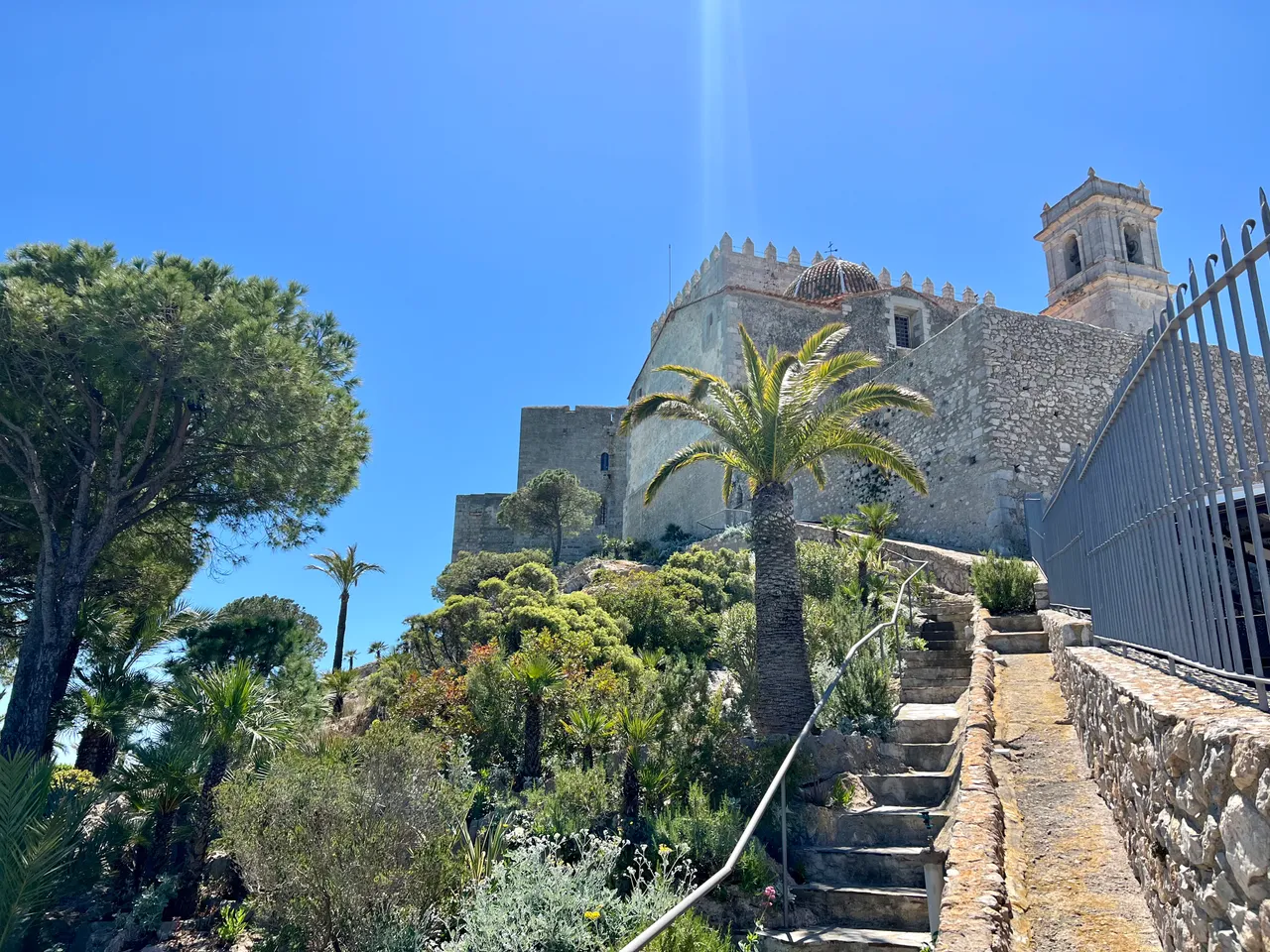
Cuando el visitante se dirige hacia el castillo, se encuentra previamente con una zona que llama la atención por el verdor en contraste con el gris de las piedras y el blanco de las casas encaladas.
La zona que hoy te muestro se construyó en una etapa posterior al castillo, en el siglo XVI bajo los reinados de Carlos I y su hijo Felipe II.

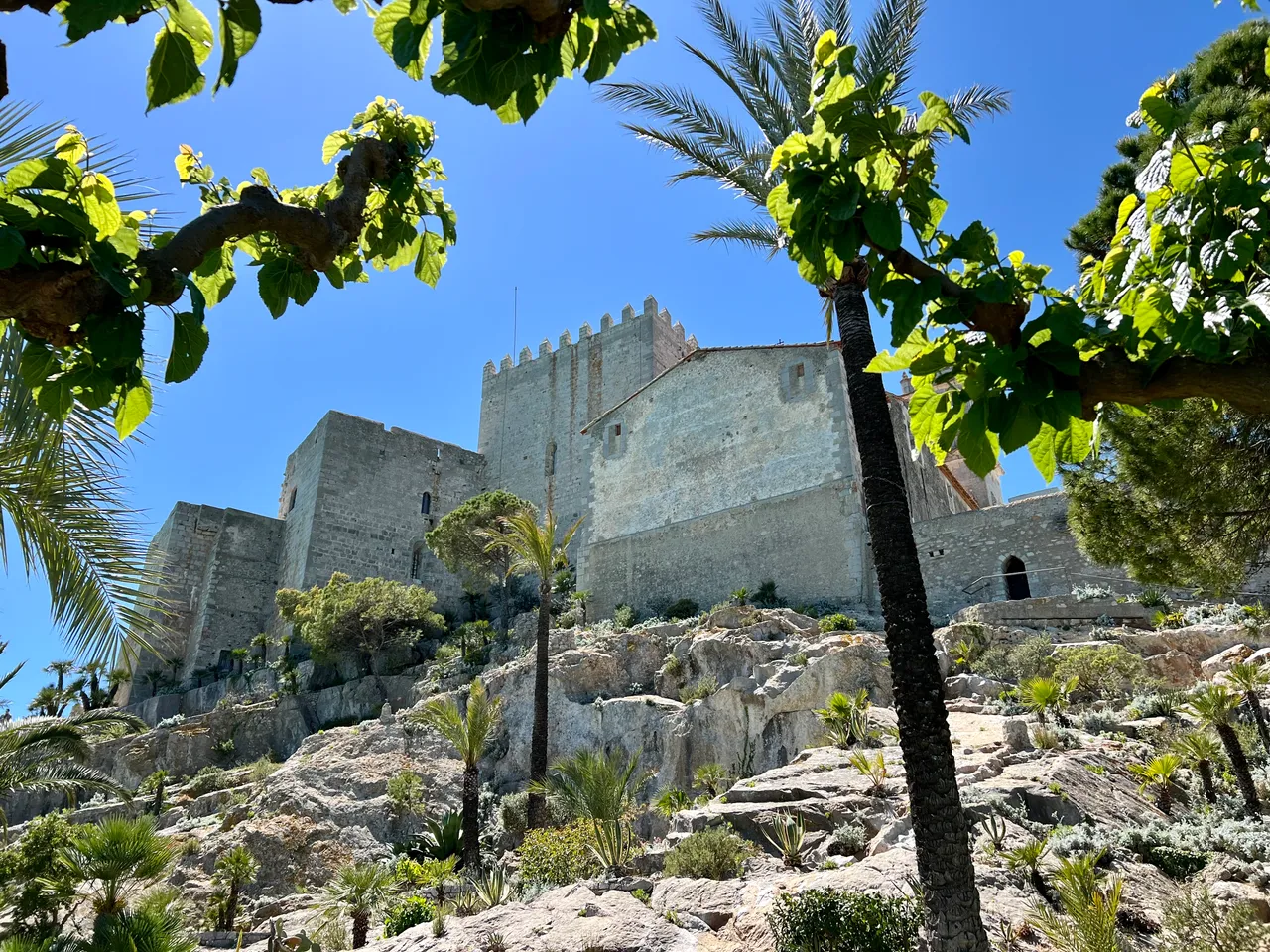
Era la época en la que decían que en España nunca se ponía el sol, que brillaba en su cenit durante mi paseo por el lugar. De ahí el exceso de luminosidad en algunas de estas fotografías.
Los ataques continuados de los piratas en la costa de Levante fueron el motivo principal para construir nuevas murallas que protegiesen el enclave.
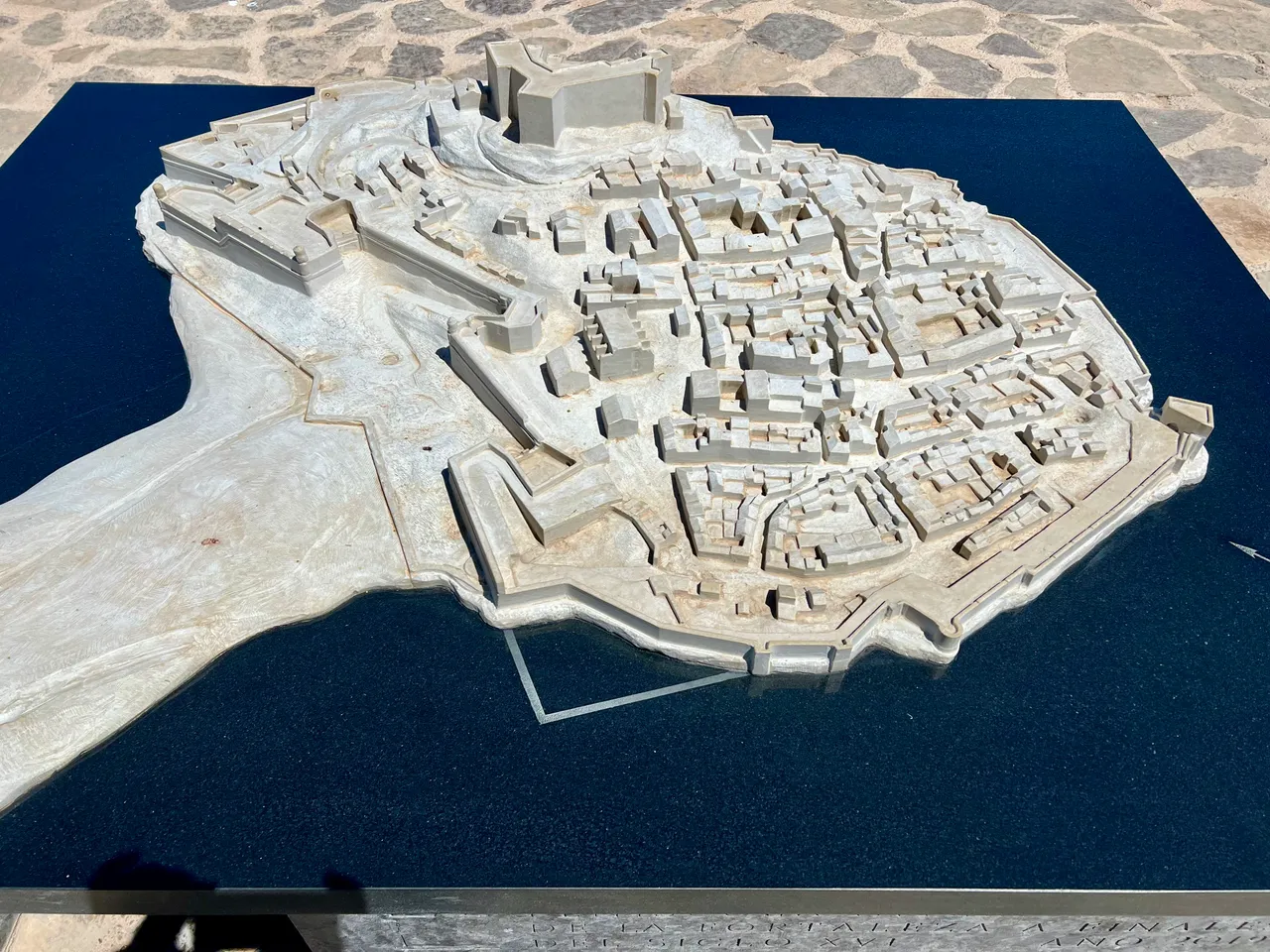

Desde la muralla inferior se disfrutan unas vistas privilegiadas del litoral en su vertiente norte, con una playa que parece no terminar nunca y que se funde con el horizonte.
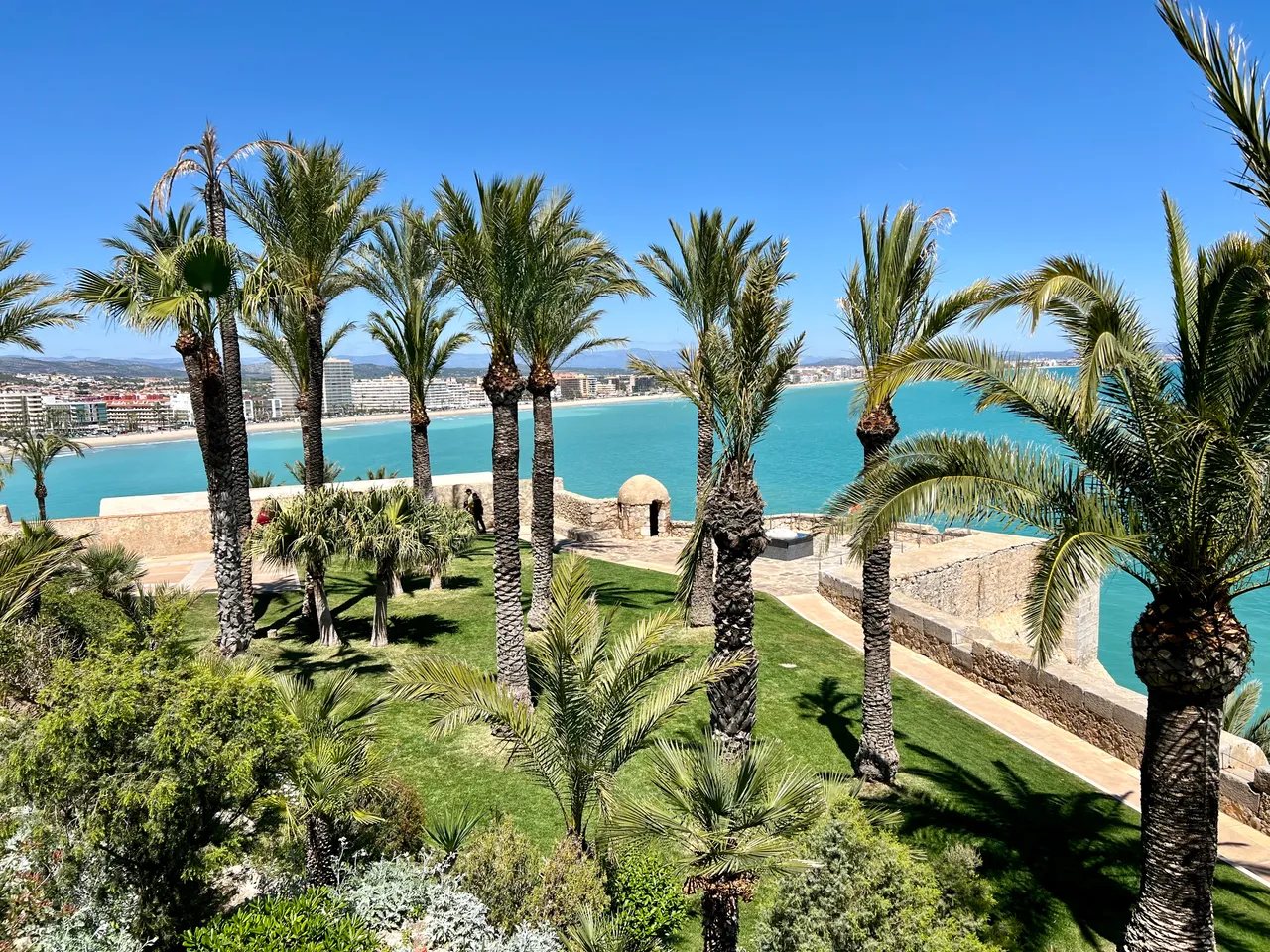

Como ya veníamos cansados de subir y bajar cuestas y escaleras no nos entretuvimos demasiado en esta parte. Tampoco había apenas carteles informativos que leer, dicho sea de paso. Así que solo dimos una breve vuelta.
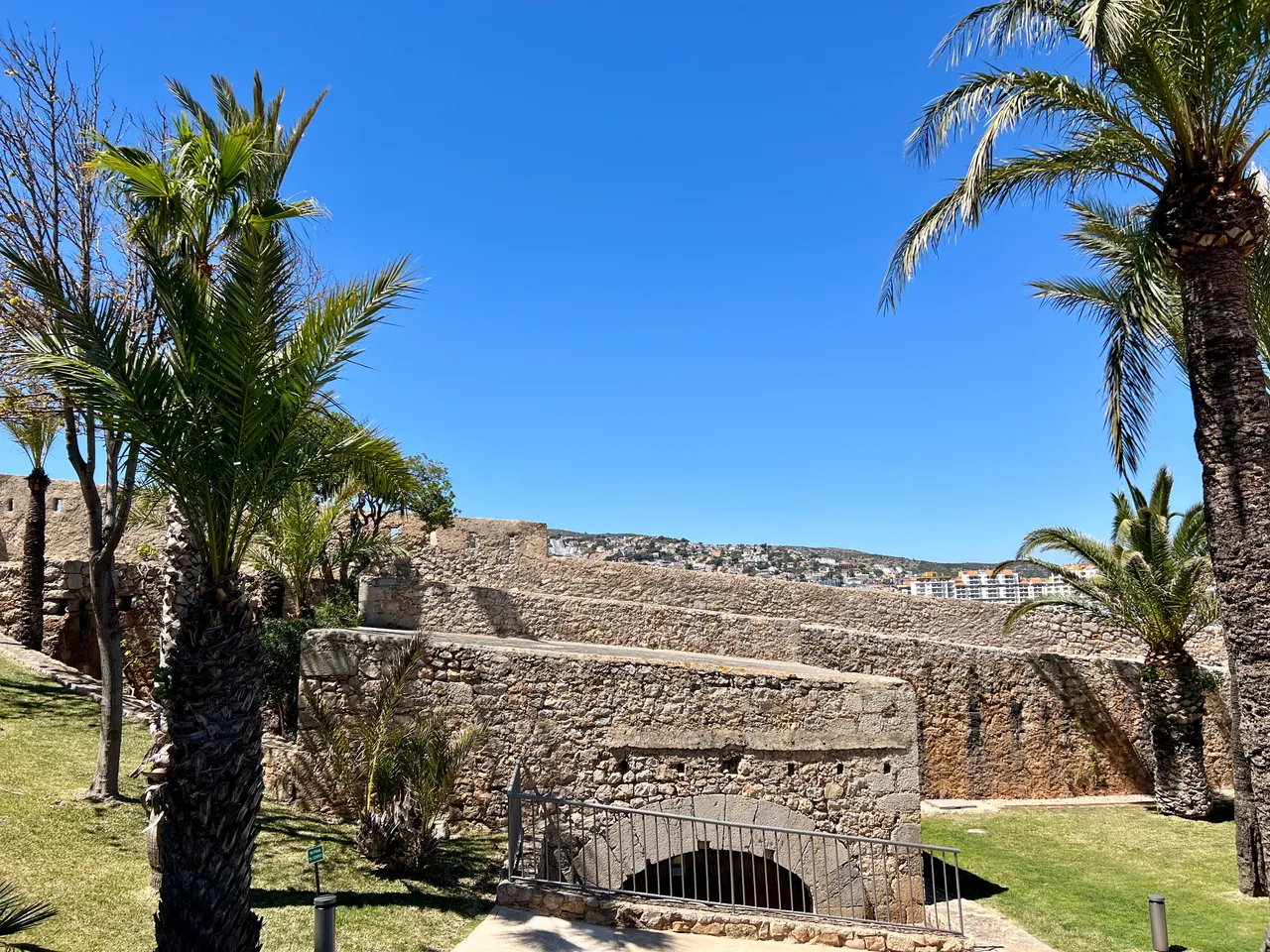
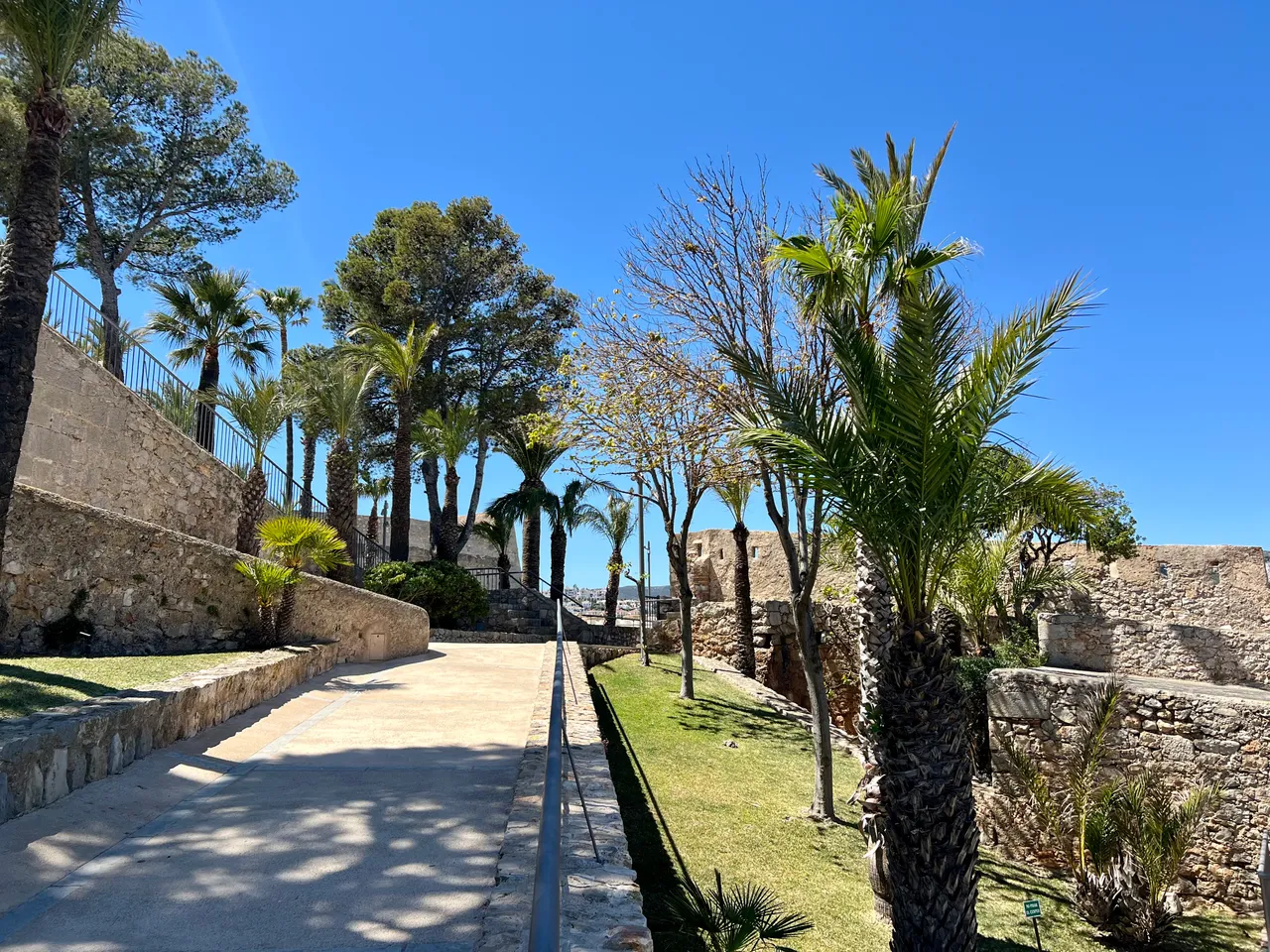
En la parte inferior es donde encontramos el sentido al nombre del recinto. Se pueden visitar las casamatas en las que se colocaba la artillería dispuesta para la defensa del lugar aunque, como cabe esperar, no hay ninguna pieza original de la época.
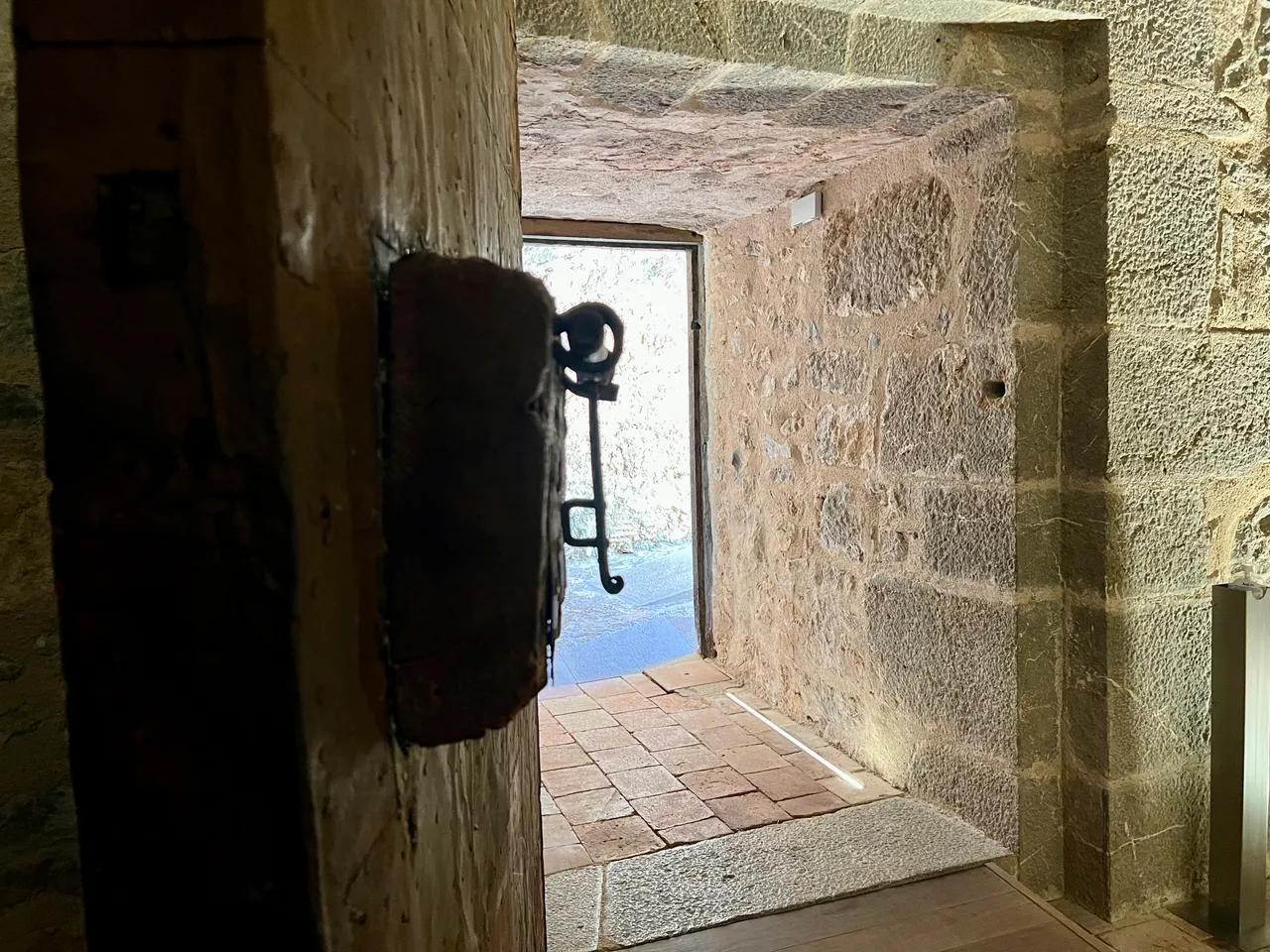
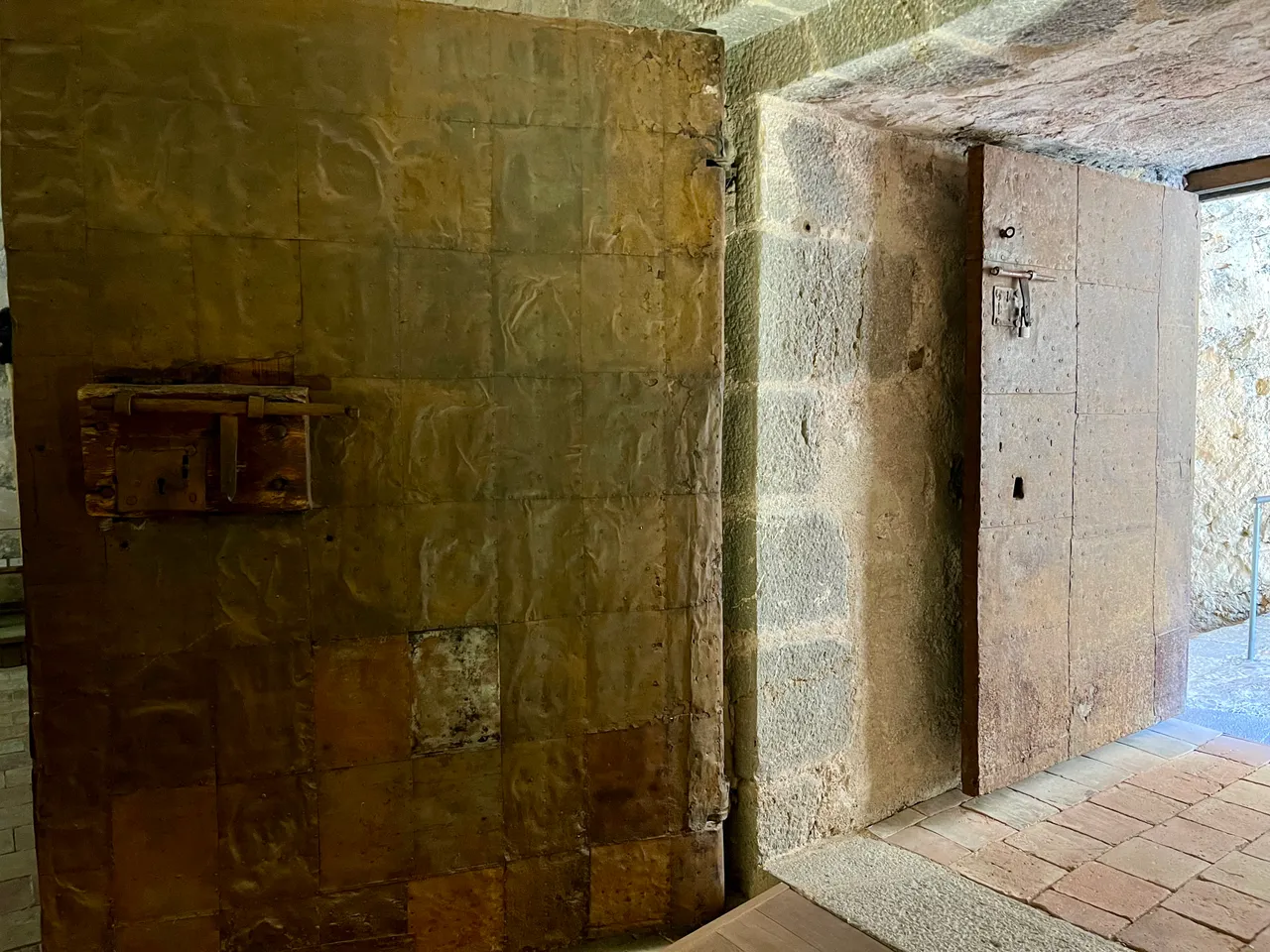
La construcción más llamativa en esta zona es el polvorín. Es de factura más moderna, de mediados del siglo XVIII. Es una pequeña nave abovedada que queda semioculta entre rampas, por eso no puedo enseñarte una visión del exterior.
En el interior había una pequeña exposición en la que se explican las diversas fases de construcción del Parque de Artillería, así como el proceso de fabricación y conservación de la pólvora.
Lo que más me impresionó fue el grosor de sus muros y el sistema de doble puerta con chapa metálica, diseñadas para minimizar los daños en caso de explosión del edificio.

Las cerraduras imagino que serían tecnología punta en aquellos tiempos, jeje. Con esta de muestra echo el cierre a este post.
Hasta la próxima publicación. Mientras tanto, ¡cuídate!

Herramientas: Cámara iPhone 13 Pro, editor de fotos Mac.
Si te gusta lo que publico, únete a mi Fanbase pinchando aquí

©️Copyright 2024 Paloma Peña Pérez. Todos los derechos reservados.



Hi, dear hiver.
The visit to Peñíscola Castle is complemented by a tour of what is called Parque de Artillería and various fortifications. This is an intricate labyrinth of ramps and tunnels with landscaped areas between them, bordering the lower, rockier part of the castle until it joins the Mediterranean Sea.


When the visitor heads towards the castle, he first encounters an area that is striking for its greenery in contrast with the grey of the stones and the white of the whitewashed houses.
The area I am showing you today was built later than the castle, in the 16th century under the reigns of Charles I and his son Philip II.


It was the time when it was said that the sun never set in Spain, which shone at its zenith during my walk around the site. Hence the excess of luminosity in some of these photographs.
The continuous pirate attacks on the Levante coast were the main reason for building new walls to protect the enclave.


From the lower wall there are privileged views of the coastline on its northern side, with a beach that never seems to end and that merges with the horizon.


As we were already tired of going up and down slopes and stairs, we didn't spend too much time on this part. There were hardly any information signs to read either, by the way. So we just took a short walk.


At the bottom is where we found the meaning of the name of the site. You can visit the casemates in which the artillery was placed for the defence of the site although, as you would expect, there are no original pieces from the period.


The most striking construction in this area is the gunpowder magazine. It is of more modern construction, dating from the mid-18th century. It is a small vaulted hall that is half hidden between ramps, so I can't show you a view of the outside.
Inside there was a small exhibition explaining the various stages of construction of the Artillery Park, as well as the process of manufacturing and preserving gunpowder.
What impressed me most was the thickness of the walls and the system of double doors with metal sheeting, designed to minimise damage in the event of an explosion of the building.

I imagine the locks were state of the art in those days, hehe. With this sample I close this post.
Until the next post. In the meantime, take care!

Tools: iPhone 13 Pro camera, Mac photo editor.
Translated with DeepL
If you like my content, join my Fanbase clicking here

©️Copyright 2024 Paloma Peña Pérez. All rights reserved.

